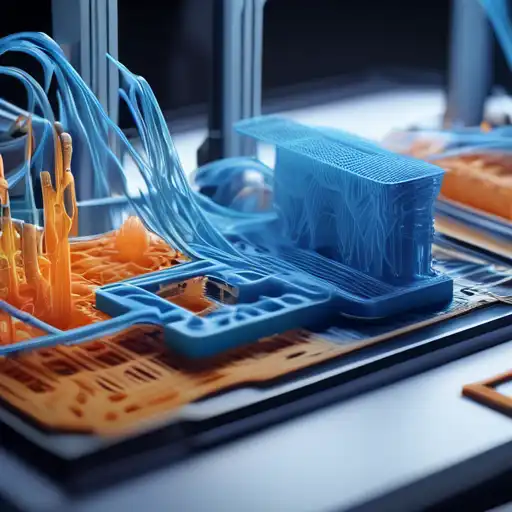Introduction to 3D Printing
3D printing, also known as additive manufacturing, is a process of creating three-dimensional objects from a digital file. This innovative technology builds objects layer by layer, offering unparalleled flexibility in design and manufacturing. From prototyping to production, 3D printing is transforming industries by enabling faster, more cost-effective, and customized solutions.
The Evolution of 3D Printing
The journey of 3D printing began in the 1980s, but it has only gained significant momentum in the last decade. Advances in materials, software, and printer technology have expanded its applications beyond prototyping to include end-use products in aerospace, healthcare, automotive, and consumer goods sectors.
How 3D Printing Works
At its core, 3D printing involves three main steps: designing the model using CAD software, slicing the model into thin layers with slicing software, and printing the object layer by layer. This process allows for complex geometries that are impossible to achieve with traditional manufacturing methods.
Benefits of 3D Printing
- Customization: 3D printing enables the production of customized products tailored to individual needs without additional costs.
- Speed: From design to production, 3D printing significantly reduces the time to market for new products.
- Cost-Effectiveness: By minimizing waste and eliminating the need for expensive molds, 3D printing lowers production costs.
- Sustainability: Additive manufacturing uses only the material needed, reducing waste and energy consumption.
Applications of 3D Printing
3D printing is revolutionizing various sectors. In healthcare, it's used for prosthetics and bioprinting tissues. The aerospace industry benefits from lightweight components, while the automotive sector enjoys rapid prototyping. Even the fashion industry is exploring 3D printed accessories and footwear.
Challenges and Future Directions
Despite its potential, 3D printing faces challenges such as material limitations, high costs for industrial-grade printers, and intellectual property concerns. However, ongoing research and development promise to overcome these hurdles, paving the way for more widespread adoption.
Conclusion
3D printing is not just a manufacturing trend; it's a technological revolution that's here to stay. By enabling customization, reducing waste, and speeding up production, it's creating the future layer by layer. As technology advances, the possibilities are limitless, making 3D printing a cornerstone of modern manufacturing and design.
